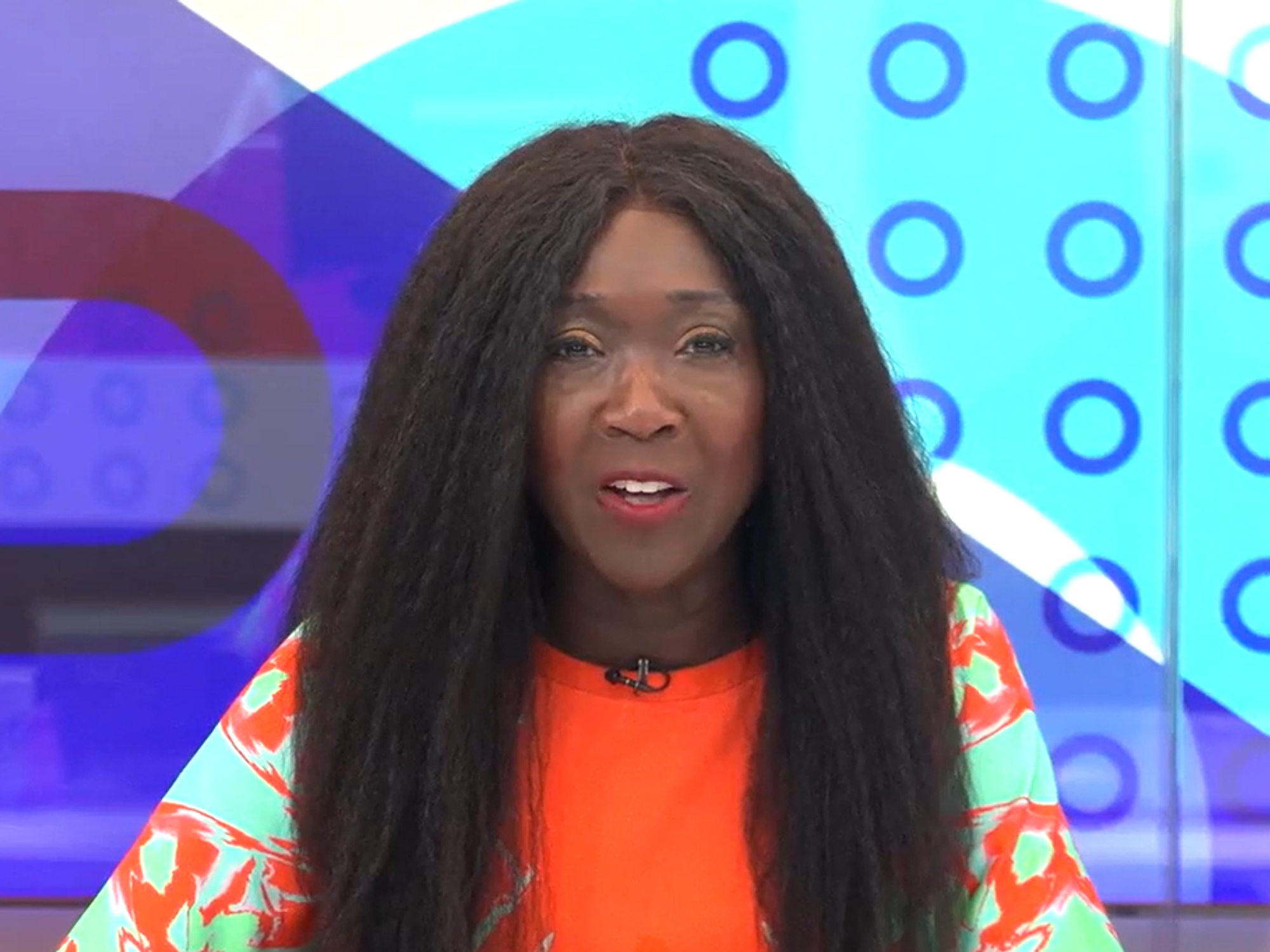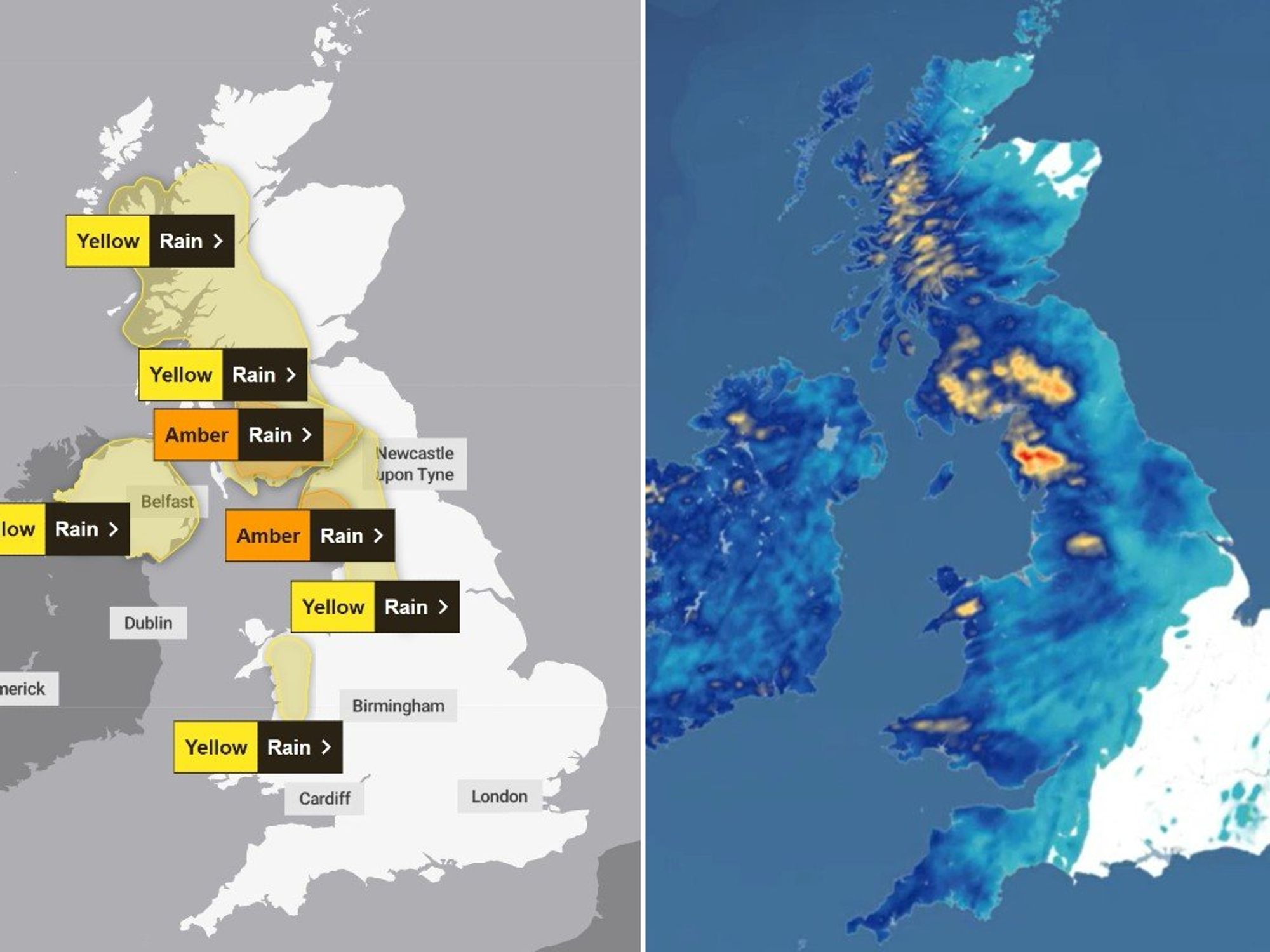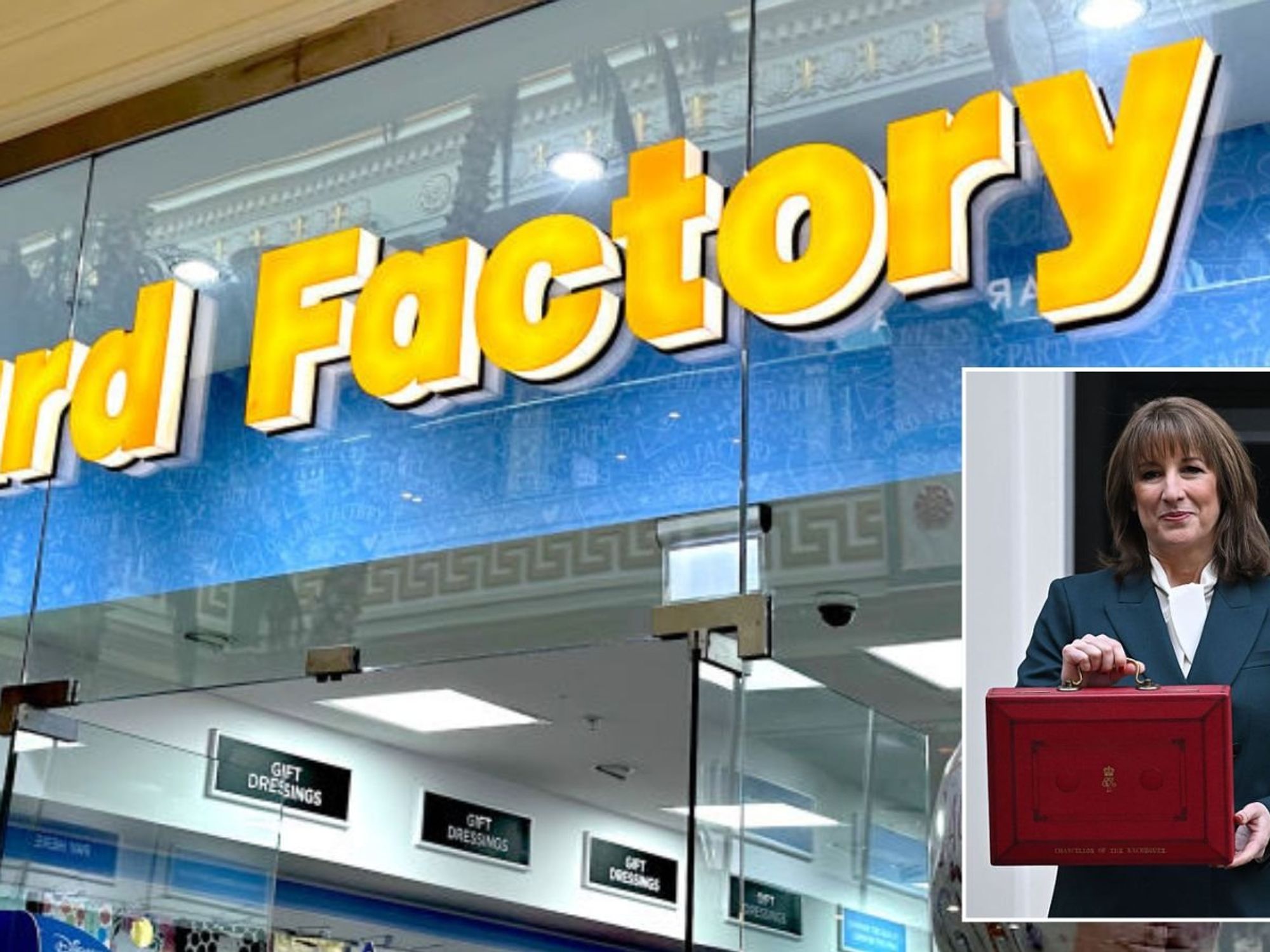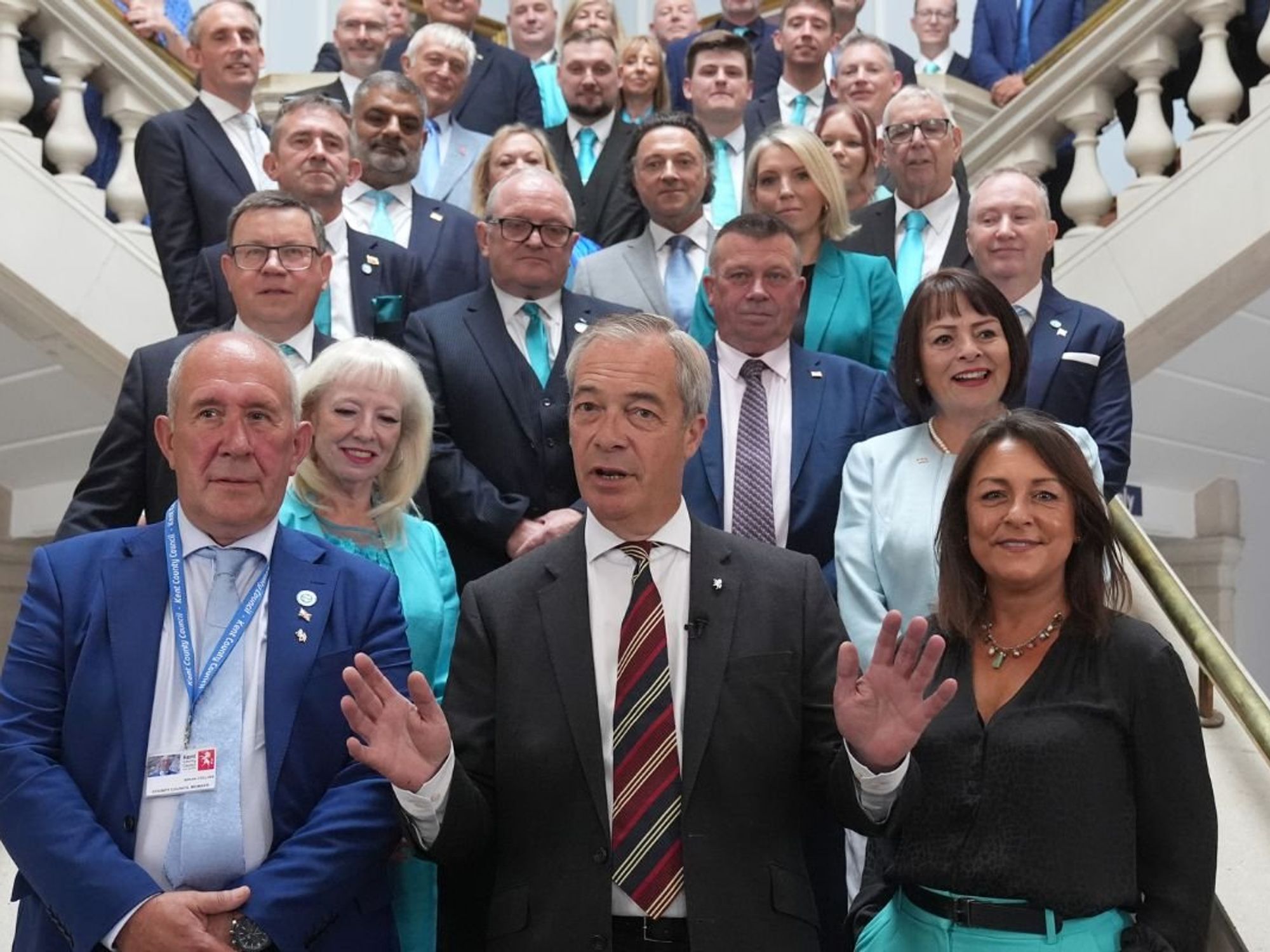Married couples may be able to save thousands of pounds with little-known tax trick

There are various ways in which people are able to save money on tax on savings interest
|PEXELS

Interest rates on savings have been rising amid Bank of England base rate hikes, meaning savers are more likely to be caught in the tax net
Don't Miss
Most Read
Latest
Married couples and civil partners may be able to save thousands of pounds in tax simply by switching their savings from one person’s account to the other’s.
Interest rates on savings have been at a historic low over the past decade, but there’s been significant improvement of late following 14 consecutive base rate hikes.
While the higher interest rates will be good news for savers, it does mean those with modest savings may now find they are breaching tax-free savings allowances.
It’s possible to save tax-free with Individual Savings Accounts (ISAs), but the annual ISA allowance means people can only save £20,000 in ISAs each tax year.
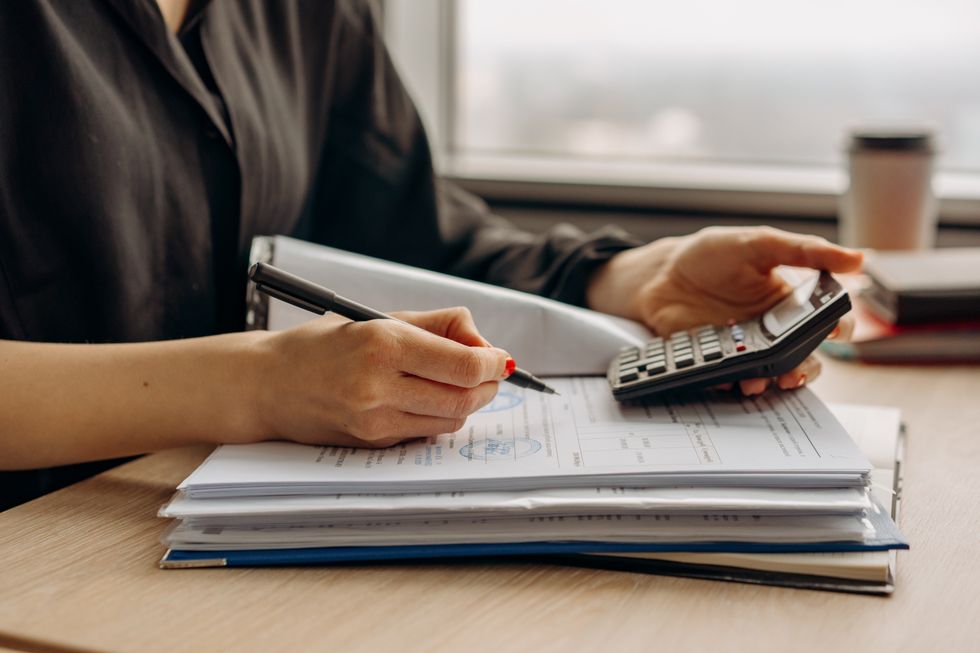
Savers can save tax-free with Individual Savings Accounts (ISAs)
|PEXELS
Another option is to look at certain NS&I accounts which don’t count towards a person’s personal savings allowance.
Speaking to GB News recently, Liz Hunter, director at Money Expert, highlighted several other ways in which people may be able to save money on tax on savings interest.
The allowances reset each tax year, which runs from April 6 to April 5, and how much a person gets will depend on other income.
Spouses and civil partners may find it’s worth making sure both parties have maximized these options, and if they’re not, consider shifting savings around.
Personal allowance
The standard tax-free personal allowance is currently frozen at £12,570, and this is the amount of income on which a person doesn’t have to pay income tax.
It may be the personal allowance is bigger if a person claims the Blind Person’s Allowance or their spouse claims the Marriage Allowance, and it may be smaller if one’s income is over £100,000.
Ms Hunter explained: “You can use your personal allowance to earn interest tax-free if you’ve not used it up on a PAYE salary, pension or any other income.”
Personal savings allowance
The personal savings allowance (PSA) was introduced on April 6, 2016.
It means basic rate taxpayers can earn £1,000 of interest without having to pay tax on it, while higher rate taxpayers have a £500 personal savings allowance.
Ms Hunter said: “In some cases, you may get up to £1,000 of interest on savings and not have to pay tax on it, depending on which income tax band you’re in - this is your personal savings allowance.
“To work out your tax band, add all the interest you’ve received to your other income.”
LATEST DEVELOPMENTS:
Starting rate for savings
The starting rate for savings means a person may be able to get up to £5,000 of interest without having to pay tax on it.
However, the more a person earns from other income, such as wages or a pension, the less the starting rate for savings will be.
A person won’t be eligible for this if their other income is greater than £17,570.
Ms Hunter explained: “If you earn less than £17,570, your maximum starting rate for savings is £5,000.
“Every £1 of other income above your personal allowance reduces your starting rate for savings by £1.”
For example, if a person earns £15,000 in wages and their personal allowance is £12,570, then the starting rate for savings will be reduced by £2,430. It would mean the starting rate for savings would be £2,570 (£5,000 minus £2,430) – meaning savers wouldn’t need to pay tax on any savings interest earned up to this amount.
The rules are different on children’s accounts.






